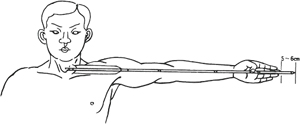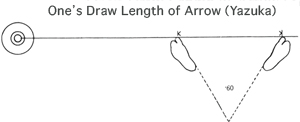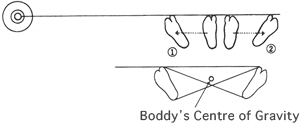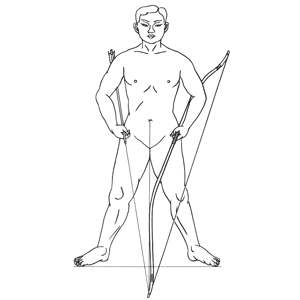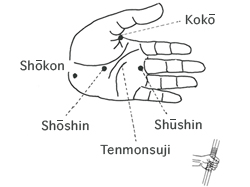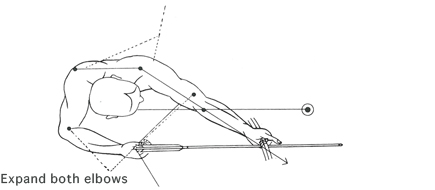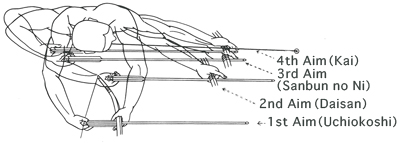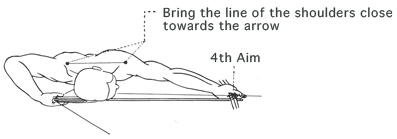Home > KYUDO Techniques > Shaho-Hassetsu
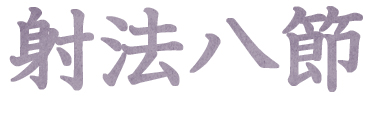
The Eight Stages of Shooting
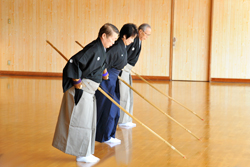
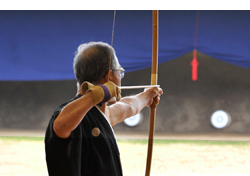
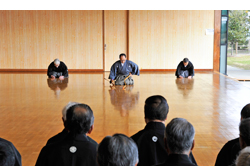
The correct application of the criterion of shooting technique to the process of shooting is known as the Shaho (Principles of Shooting). For training in Kyudo, it is first of all, essential to have a good understanding of the criterion determined by the Shaho.
In olden times, the form of the Shaho was described as the " Shichido" (Seven Ways) and the "Gomi- Shichido" (Five Tastes of the Seven Ways). This was a division of the process for shooting one arrow into seven stages. In modern times, the stage called Zanshin (remaining spirit and remaining form) was included to make eight stages of shooting which are divided as follows:
Click below for more details on each step:
In the performance of the shooting, this division into eight stages (shown above) should be regarded from the start to the finish as one complete cycle, in which there is no separation. The eight stages of the shooting can be likened to a bamboo pole that has eight joints, which on the one hand can be considered as eight separate joints, and on the other hand as interrelated to each other and united in the one pole.















